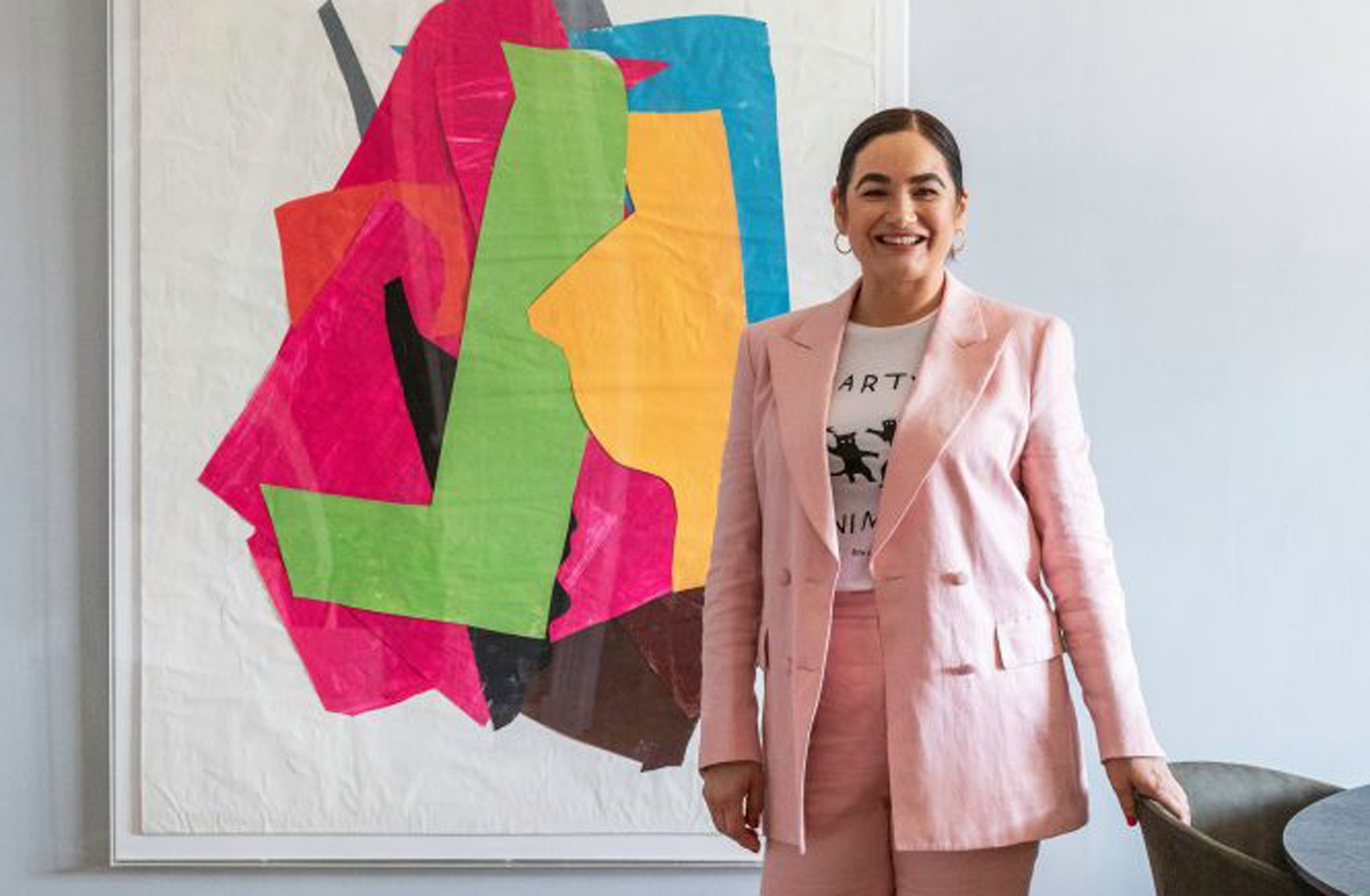
Getting to know Melbourne interior designer Chelsea Hing
Getting to know Melbourne interior designer Chelsea Hing
Share
Each new project by Melbourne-based interior designer Chelsea Hing is a surprise and a delight. She speaks to ADR about her design approach and life post-COVID.
Chelsea Hing views her projects as an expression of her life philosophy, rather than being guided by a design philosophy or aesthetic that is recognisable across her body of work.
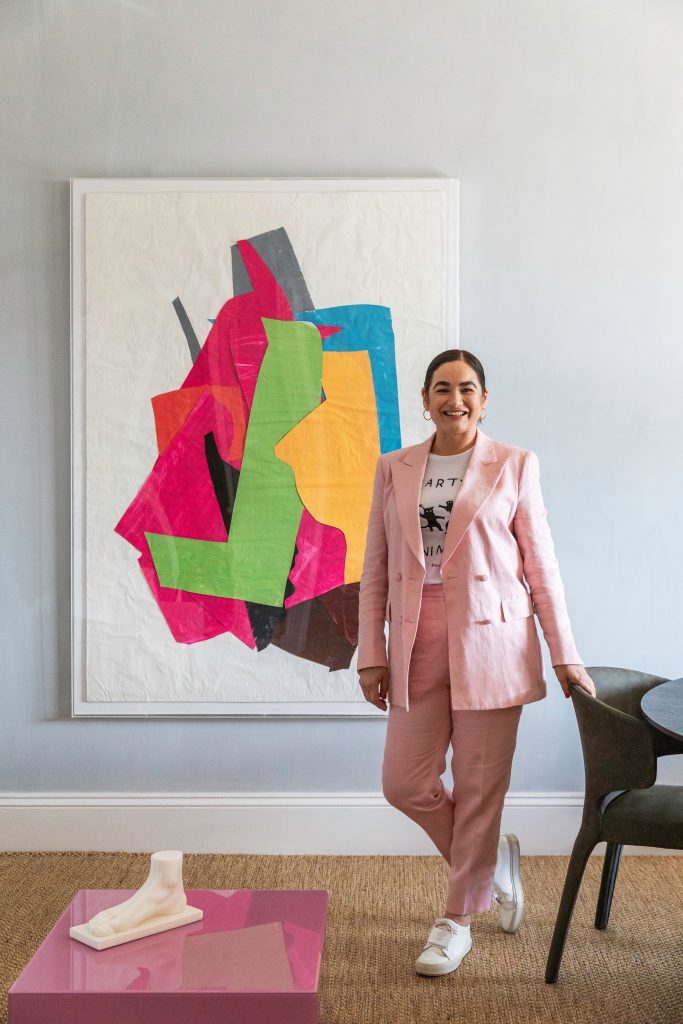
“Our approach to design is to consider what’s important,” she says.
“What’s important to invest in, what are the design values that you want to see in residential houses, and how do people want to live?
“Our homes provide our clients with a sense of connection with each other, and fulfilment in their lives, as well as a sense of respite and a place to have fun. Those elements underpin how we tackle anything, and there should always be a side sense of humour.”
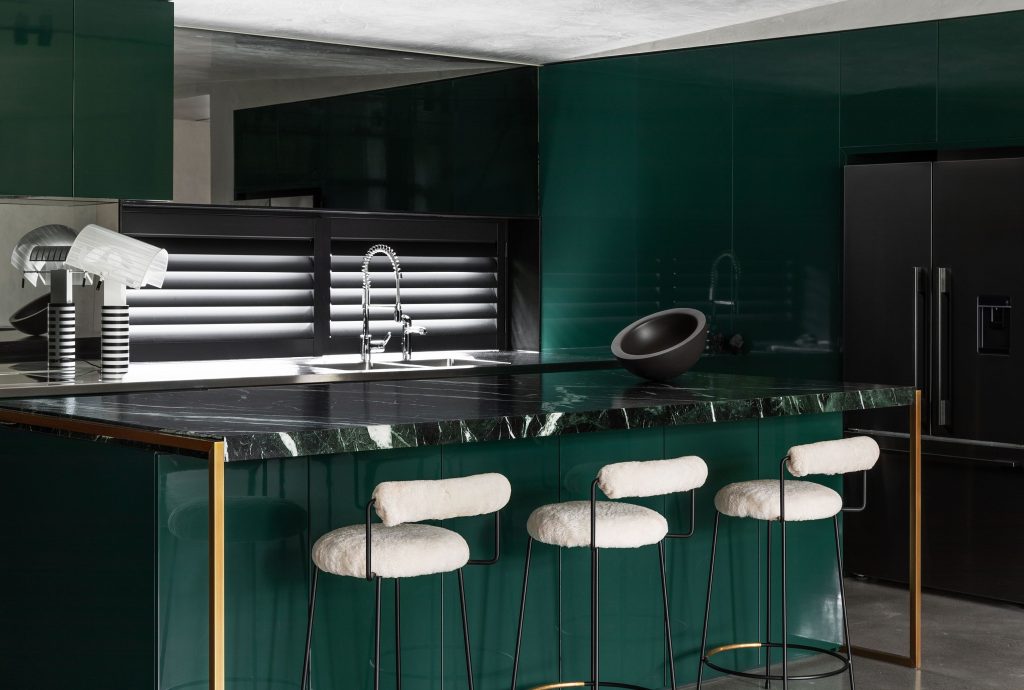
The client’s individual characteristics inform the way the practice nurtures that sense of connection, depending on whether they wish to entertain 10-plus people each month, or they are quiet homebodies, for example.
“The overarching thread is design values: how we want to feel in our houses, and that trickles down into what problems do we need to solve for our particular client and our particular house,” Hing says.
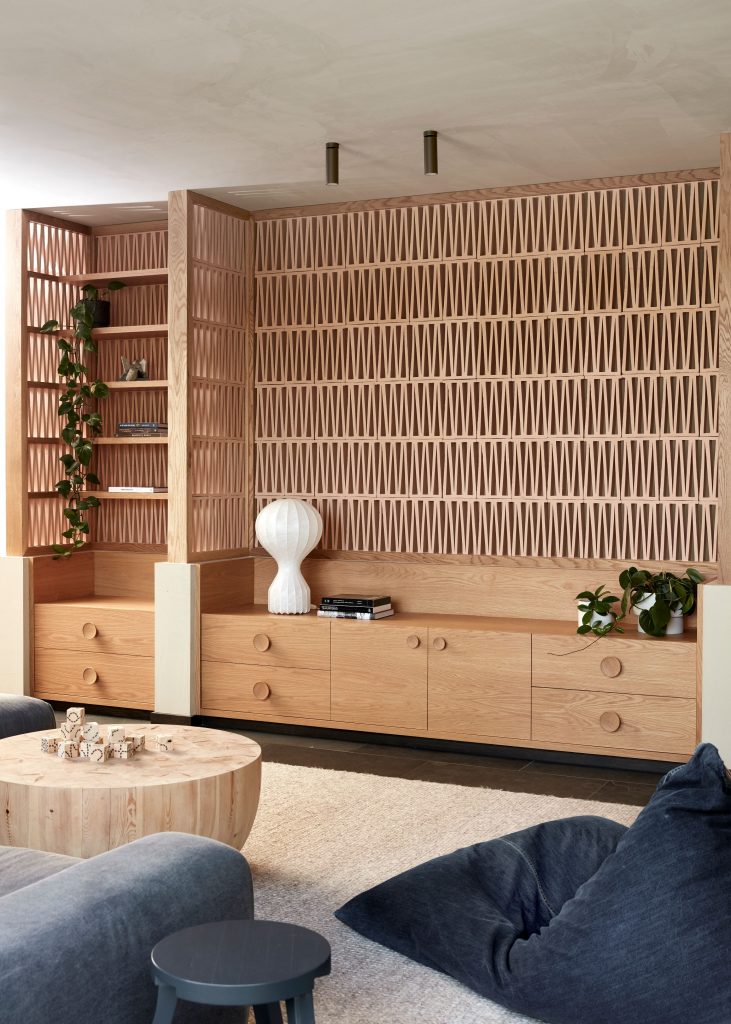
Her upbringing informed Hing’s life philosophy. She grew up in a split-level, architect-designed house in the outer Melbourne suburb of Eltham.
Her father was an engineer and she developed a highly technical and practical brain, with deep aesthetic wrapping, she says.
That outlook has evolved with maturity, a topic she has discussed with her girlfriends.
“What we thought would happen at 40 actually happened at 45,” Hing explains.
“Your perspective evolves and mellows, and starts to settle.”
Her life philosophy guides the practice she’s run for 14 years, with a small team including studio manager Nicole Hall and senior designer Andrea Mancuso.
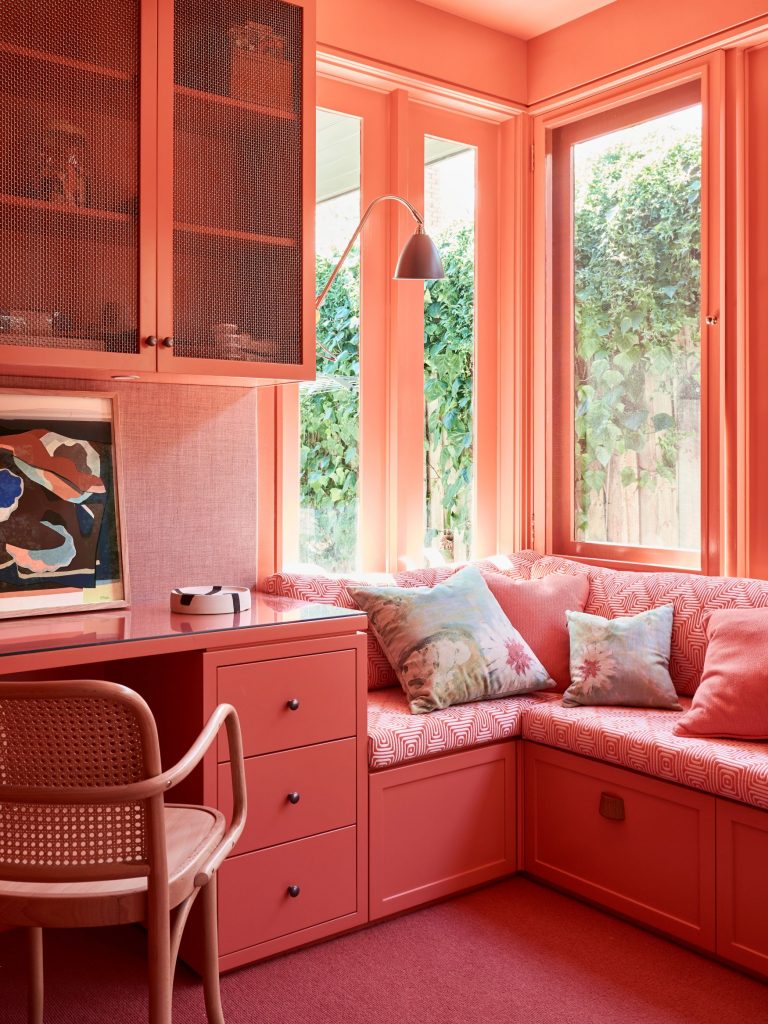
“As a studio, we have honed over time the things that work, and that we’re aligned with – from materials to products to finishes to suppliers – the people we want to work with and whose orbit are we in,” she says.
“I take that same philosophy of life through into business, making no apologies for what I value, and constructing my life around that.”
Having started her career at Nexus, a medium-sized practice where she worked across all scales and sectors (“learning the residential ropes from one of the best in the business, the late Janne Faulkner,” she says) before moving to the larger corporate environment of Bates Smart, where she spent a year working alongside hospitality and hotel expert Jeffery Copolov, Hing elected to keep her own studio small and focus solely on residential projects.
“We see that as a complete advantage,” she says.
“I had very strong hospitality skills and worked on restaurants, and commercial projects for years, but the lead times, work flows, expertise and contractors are not necessarily transferrable across those different sectors.”
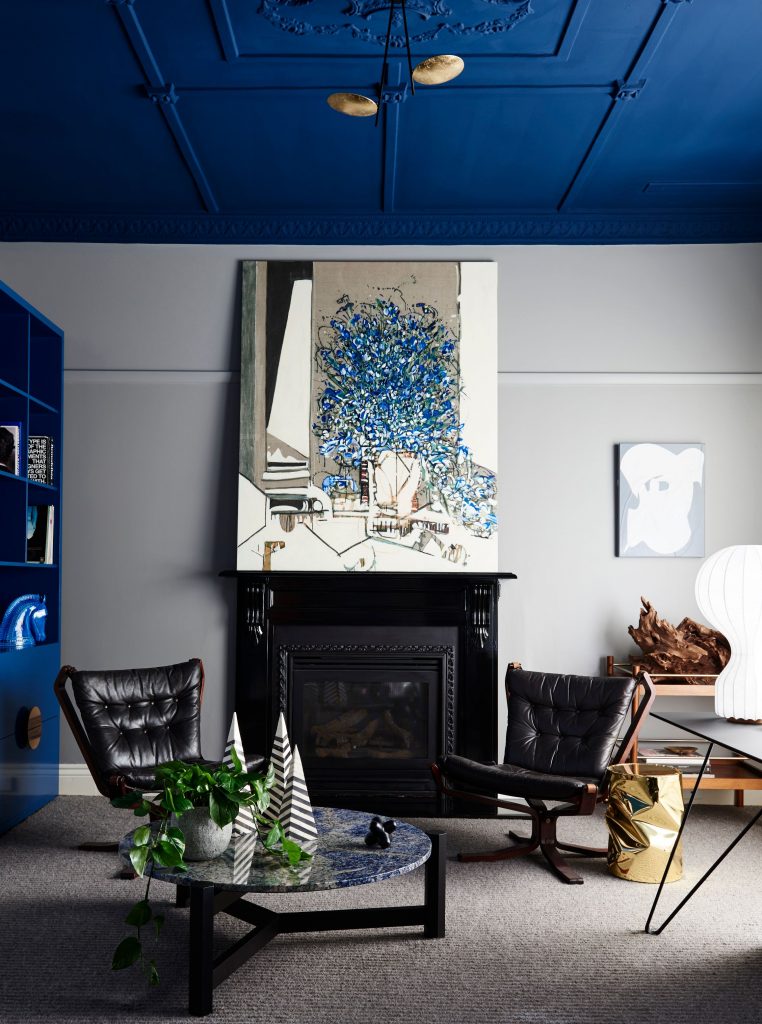
Residential work was her first love and it’s still the sector she enjoys the most.
“We love the close contact with clients, we love being in their homes for a minimum of one to two years, and sometimes up to four, so that relationship has to be managed well, with trust and commitment from both sides,” she says.
“I really enjoy that, and it’s the lifeblood of our business; our clients who love what we do.”
After making the decision to specialise, Hing observed considerable benefits for the studio and her clients.
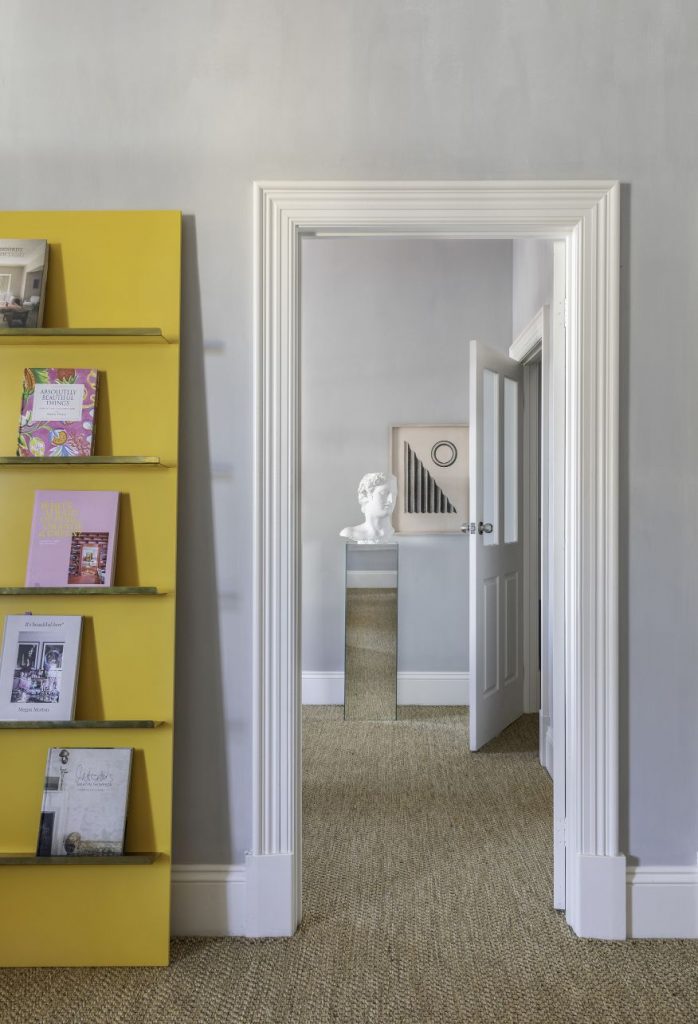
“We were able to fast-track how good we were in resolving common problems, because we’d build the projects and quickly see what worked and what didn’t, across 10 to 15 houses we delivered each year versus, say, only three homes, when we worked on other projects as well.
“We also built better relationships with tradespeople because they rotate across our projects, so they became better at it and faster too,” she adds. “I think there is an advantage to focusing on what you are really good it, recognising that and honing your own craft.
“Now we are only competing with ourselves, coming across the same sets of issues and refining them each time.”
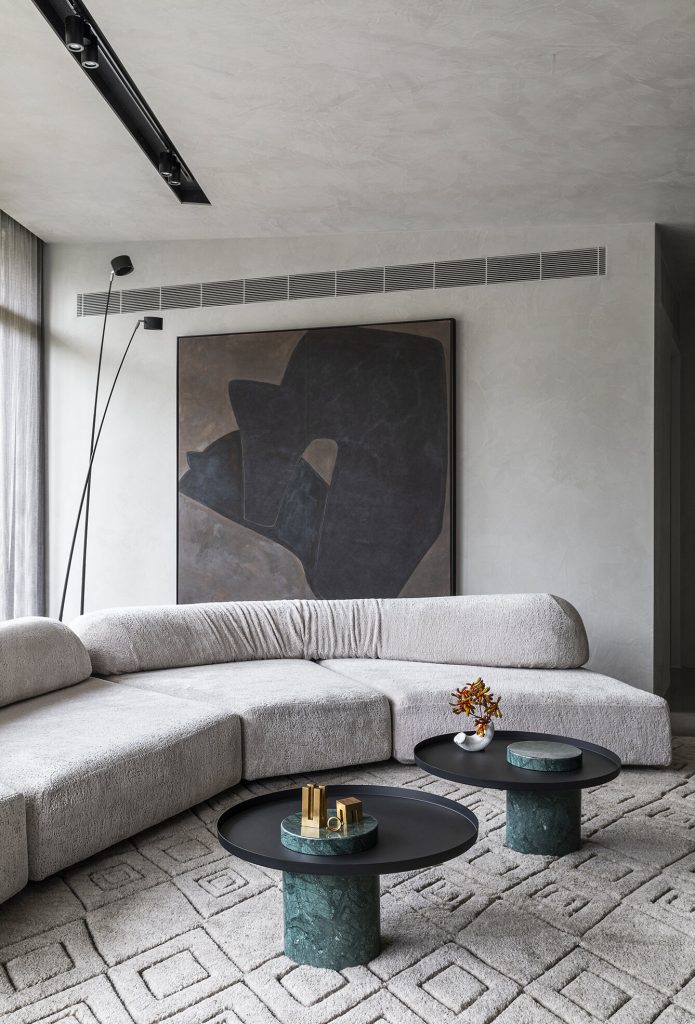
Staying small is key to the studio’s ongoing success, Hing says.
“I value the personal relations with staff – we’re all in it together, and we’re personally invested for our clients. We want our work to be a fulfilling experience for our clients. We only work with tradespeople and artisans who share our vision, and have an understanding about what we plan to deliver and, that way, the execution of projects becomes more enjoyable.”
The studio has been based in Hing’s home in South Melbourne for the past five years and opened a second office in Daylesford in 2020.
“Daylesford has always had a high level of romance. It’s a lovely historic town and a great central base to service the surrounding areas,” she says.
“Now we’re dividing up the studio so we can service both the country and city without major changes. I drive the creative response in the first instance, and in the city I tend to be the one on-site, whereas Andrea runs Daylesford from day-to-day.”
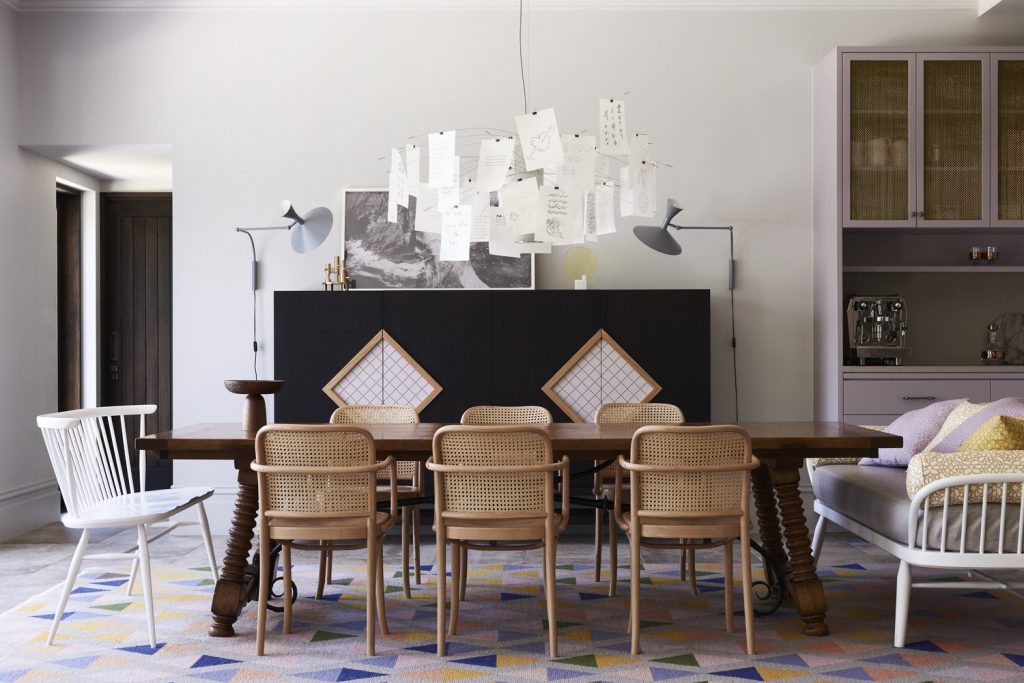
The practice worked on regional projects in the past, but experienced difficulties seeing them through on-site.
“Being on the ground to run those projects is much harder from Melbourne,” she explains.
“Now we’re making a commitment to the area and can see a project through from start to finish.”
This expansion is partly in response to the exodus of people from Melbourne post-COVID-19, with many having realised they can live and work anywhere.
“We’re seeing that among our clients and our peers, and I talked to local agents about the patterns they were seeing,” Hing says.
“This move allows us to invigorate a region in a new way from a design point of view, so it’s adding a sense of diversity because there is a change in the nature of design and how quality design is delivered in regional areas.”
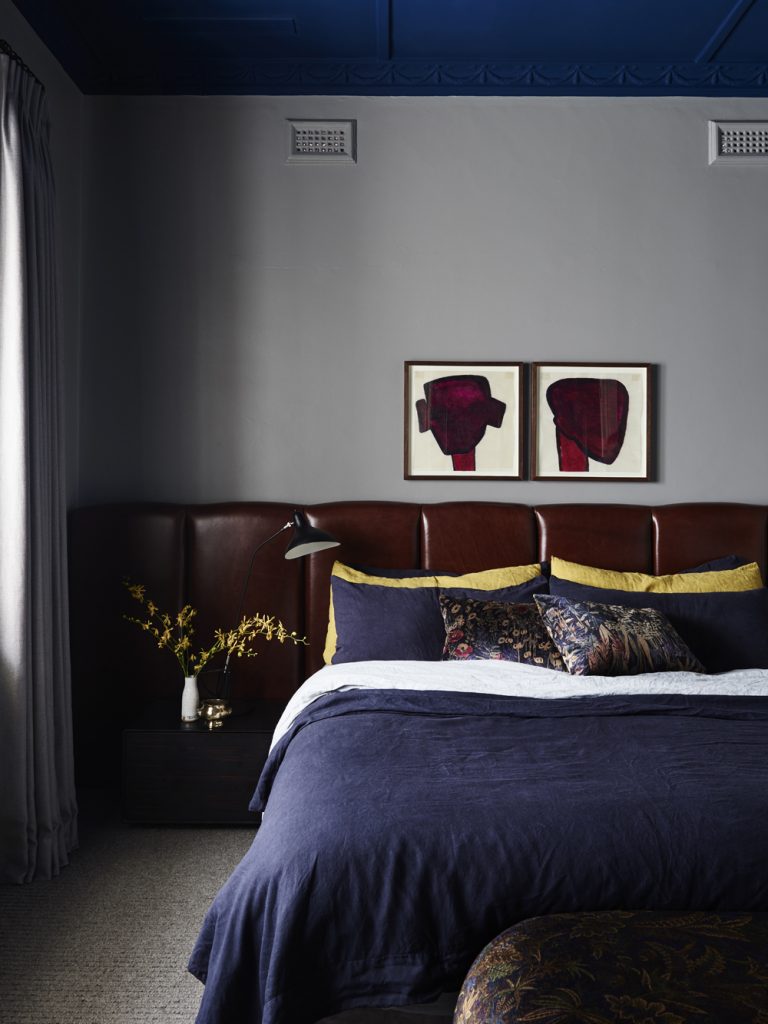
Hing foresees other changes to residential design arising from the pandemic and prolonged lockdowns, too.
“Our clients are renovating with a larger commitment to a work from home set-up, but houses have always needed to be flexible,” she says. “We’ve had a lived experience of what that’s like, with people spending more time in their homes.
“Before, people tolerated certain things, but now they may place more value on something that’s designed well, located where you need to it to be, and which functions in the right way,” she adds.
“I think there is a new value placed on what we as designers have always been doing – and a commitment from clients to understanding space, and the flexible nature of how they have to adapt and the investment in our homes.”
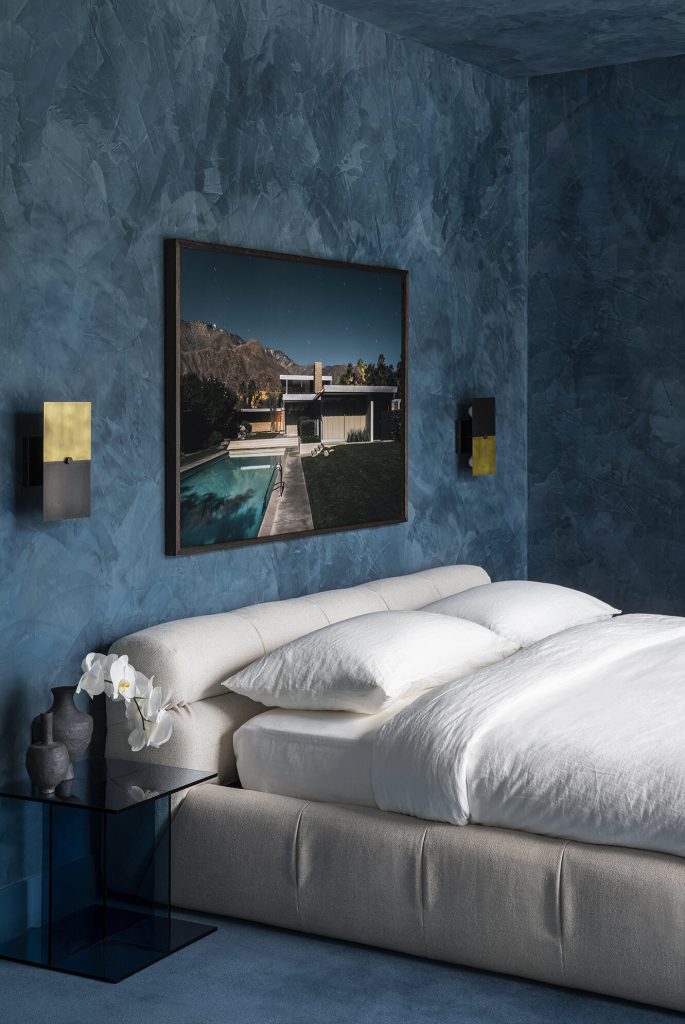
Hing has long been concerned with conscious consumption and has strived to build in longevity to all of her projects.
“Any time we are approaching a design, we are solving the client’s particular and unique problems, but that response has to last for 20 to 30 years, because of the effort the client undertakes,” she says.
“In effect, we are solving a timeless problem, and seeing things that are poorly designed is so wasteful.
“Everyone has things they bought for a short period of time – it’s the equivalent of fast fashion – and there’s often no merit to it, no enjoyment at all out of living with that thing,” she adds.
“It plays to what I believe, which is that you should buy once and buy well, because long after the price tag is forgotten, you’ll enjoy it, whereas if something is a compromise, it’s a daily problem.”
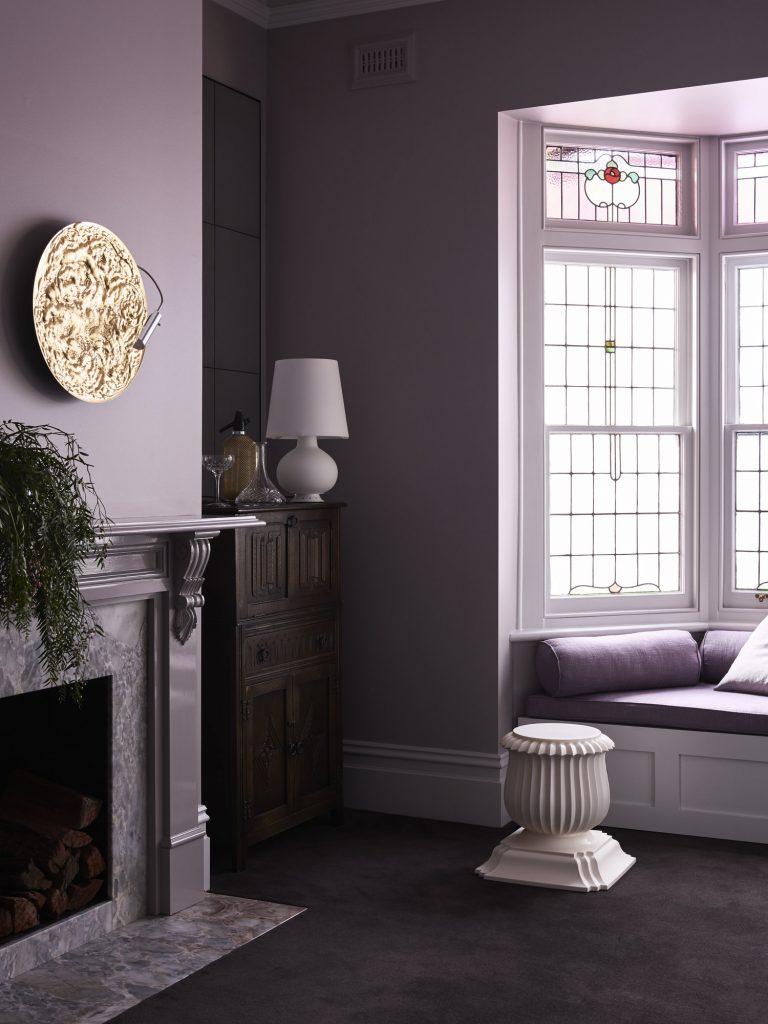
At the dawn of a new decade, and having recently experienced the extreme challenges of running a studio through the 2020 lockdown in Melbourne – one client family home-schooled three children as their renovation proceeded around them – and with the new studio in Daylesford, you may think Hing has big plans for the future?
“Any plans we had pre-COVID have gone out the window!” she says. “My plan is to keep producing beautiful work, to keep our clients happy with what we do, to ride the next wave.
“It’s so difficult: none of us knows what the short term is, and planning long term is hard, so we are just enjoying where we are and keeping our outlook fairly local and tight for our business – we just want to do great work and enjoy it.”
This article originally appeared in inside magazine, which is on newsstands and available online now!
Photography: Rhiannon Taylor unless otherwise stated.
You Might also Like
